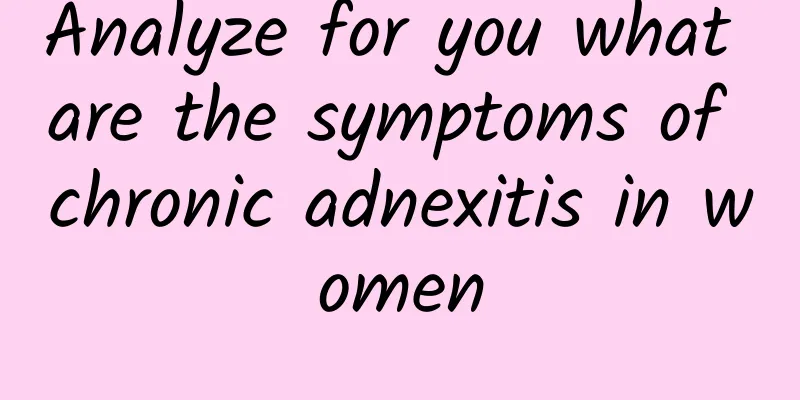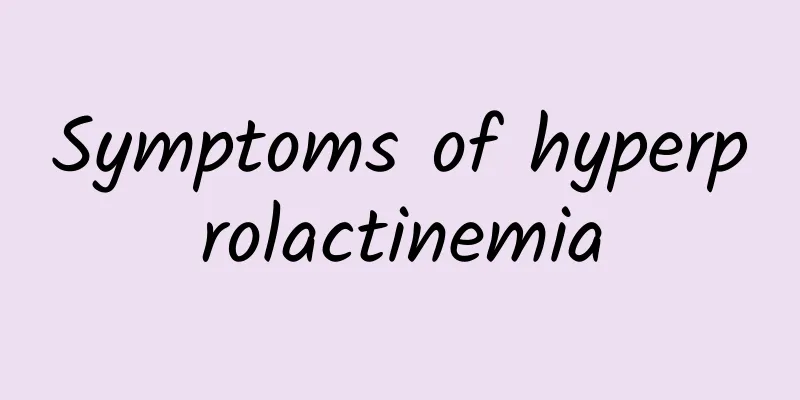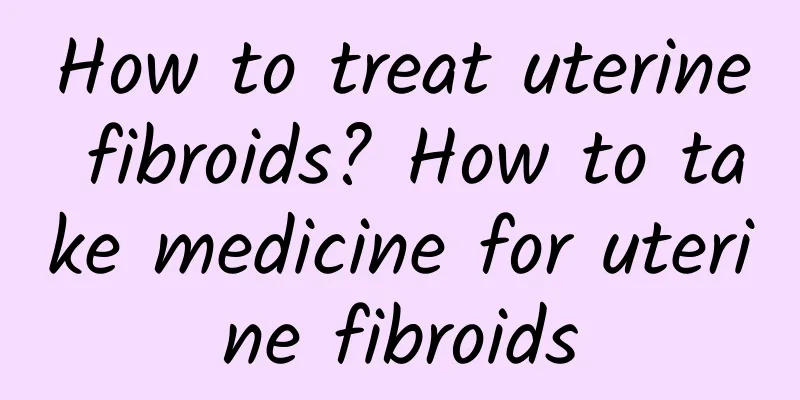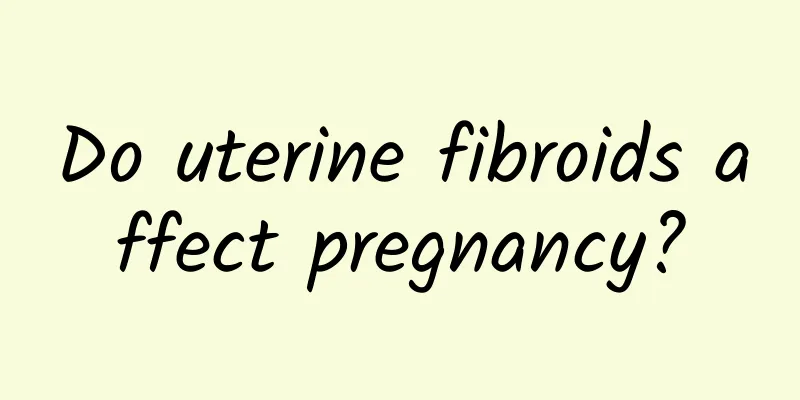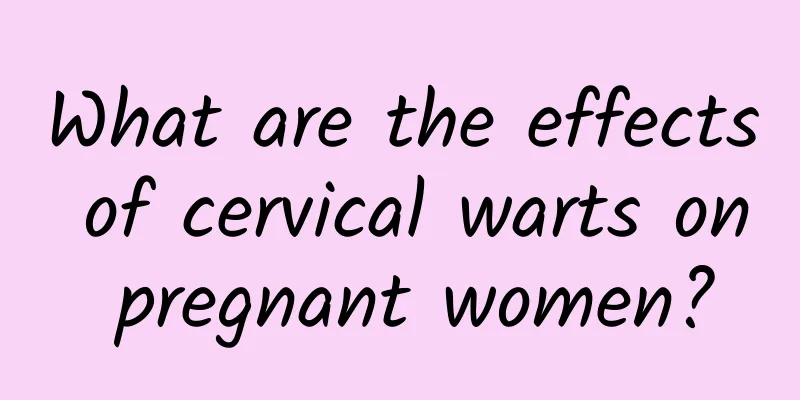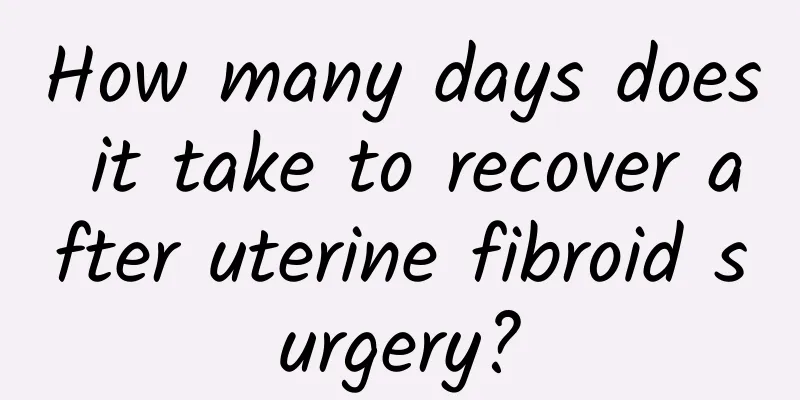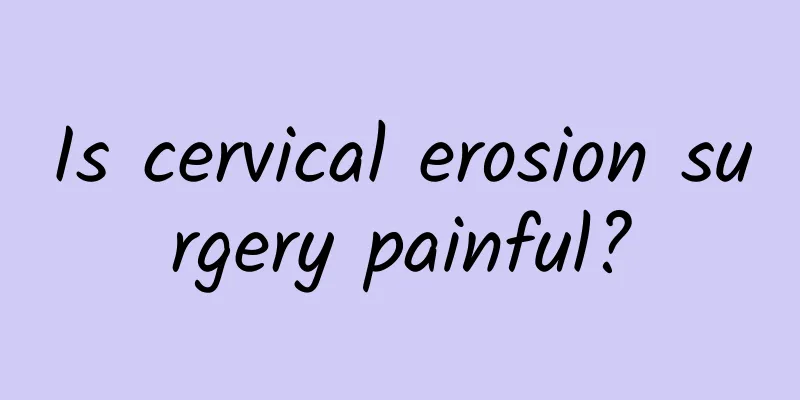The harm of chronic pelvic inflammatory disease in women
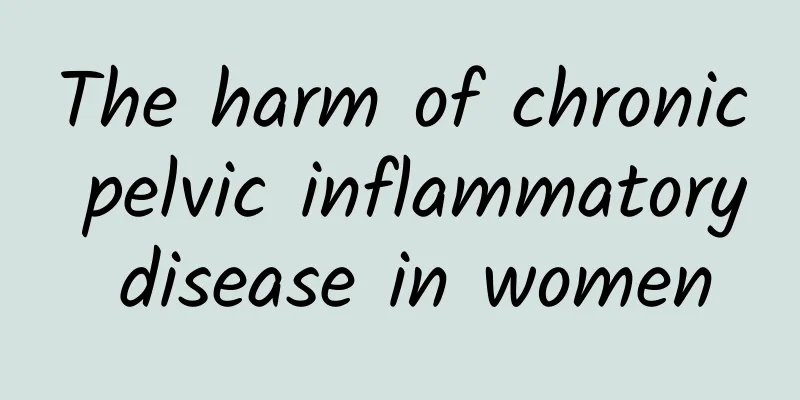
|
The hazards of chronic pelvic inflammatory disease in women: Chronic pelvic inflammatory disease is mainly caused by pelvic adhesions, fallopian tube obstruction, etc. Its main harm to the body: If the fallopian tube is severely blocked, it will lead to infertility. Studies have shown that if there is long-term pelvic inflammation, the probability of infertility after the disease can reach 20%-30%. At the same time, if the fallopian tube is unobstructed, in this case, the probability of ectopic pregnancy is 8-10 times that of normal women. Patients with chronic pelvic inflammatory disease are usually prone to lower abdominal swelling, pain, waist soreness, back pain, fatigue, and a significant increase before and after menstruation due to inflammatory adhesions, scars, and pelvic bleeding. Chronic pelvic inflammatory disease is prone to recurring, which can cause great trouble to the patient's daily life and work, so once this happens, it is still necessary to actively treat it. If pelvic inflammatory disease is not diagnosed and treated promptly and correctly, the sequelae of pelvic inflammatory disease, namely chronic pelvic inflammatory disease, may occur. The main changes are tissue damage, extensive adhesion, hyperplasia and scar formation, which can lead to tubal obstruction and tubo-ovarian adhesion. If the tubal fimbria is blocked, tubal abscess or tubo-ovarian abscess will form, and the pelvic connective tissue will show hyperplasia and thickening of the sacroiliac ligament. If the lesion is extensive, the uterus may be fixed. The treatment plan should be selected according to different situations. Infertile patients need assisted reproductive technology to help them get pregnant. There is no effective treatment for chronic pelvic pain. Symptomatic treatment or comprehensive treatment such as Chinese medicine and physical therapy are given. Diseases that cause pelvic pain, such as endometriosis, need to be ruled out before treatment. Pelvic inflammatory disease recurs, antibiotics are used for treatment, and surgical treatment can be selected according to the specific situation. Hydrosalpinx requires surgical treatment. |
<<: Is it better to have an abortion or a medical abortion?
>>: What to do if you have an ectopic pregnancy
Recommend
Afraid of getting fat, eating too little and not getting enough calories will lead to three major problems! Nutritionist Zhao Hanying: Low-calorie pancakes prevent constipation
Many people don't eat for fear of getting fat...
Experts explain several different symptoms of vaginitis
There are many types of vaginitis in clinic, such...
Health food during the recovery period of pelvic inflammatory disease
Pelvic inflammatory disease seriously endangers w...
What are the clear diagnosis methods for pelvic inflammatory disease?
Pelvic inflammatory disease is a common gynecolog...
What should mothers do if they have irregular menstruation during pregnancy? 4 causes of irregular menstruation during pregnancy
Mild menstrual irregularity does not affect pregn...
How to calculate the menstrual cycle? Teach you how to distinguish the four major stages
Women will have menstruation every month when the...
How long does it take to get the highest cure rate for hyperprolactinemia?
Treatment for high prolactin. Prolactin is a poly...
What are the test indicators for adenomyosis?
What are the examination indicators for adenomyos...
How to prevent hydatidiform mole and prepare for pregnancy
How to prevent hydatidiform mole and prepare for ...
How to prevent adnexitis?
How to prevent adnexitis? Expert introduction: In...
What are the symptoms of irregular menstruation
What are the symptoms of irregular menstruation? ...
Uterine fibroids are more common in middle-aged women
Uterine fibroids are a common gynecological disea...
Sexual habits that can easily cause cervicitis What should I do if I have cervicitis
The cervix is the most important reproductive o...
What psychological concerns do patients with vulvar leukoplakia have?
Vulvar leukoplakia is a common gynecological dise...
How to treat the redness and swelling when fungal vaginitis recurs and causes itching, pain and redness?
How to treat the redness and swelling when fungal...

